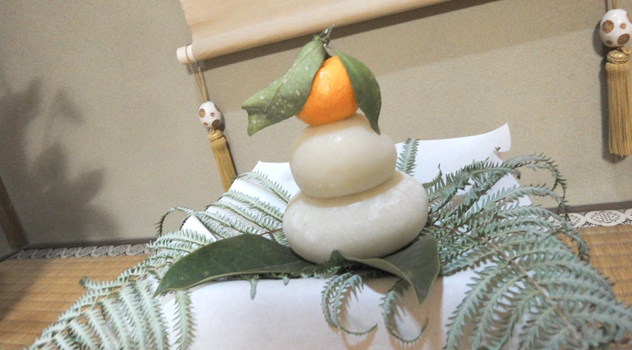
New Year’s Decorations in Japan
Many Japanese have decorations for new years.
1. Kadomatu (かどまつ, 門松)
“Kadomatsu” are a pair of pine decorations which are placed in front of the
gates of houses and buildings from January 1st to the 7th.
“Kadomatsu” usually consist of three bamboo poles of different lengths which are cut diagonally. Pine tree branches and sprays of plum trees are fastened to the bamboo poles with a new straw rope. These three plants are considered auspicious. Especially it’s said pine is a symbol of longevity and it’s believed gods descend to it.
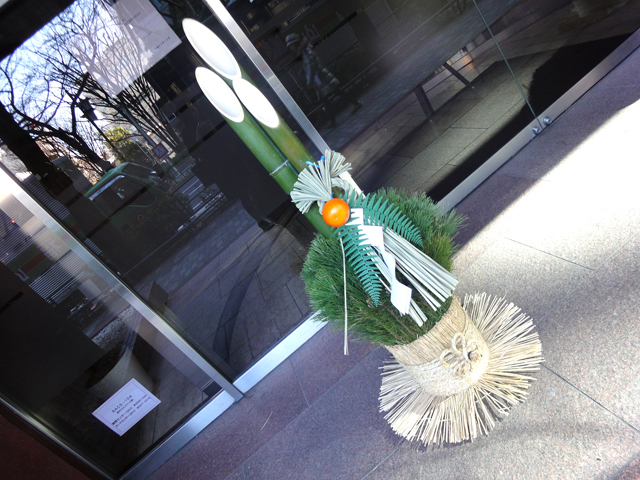
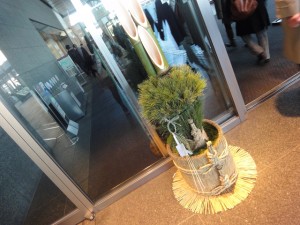
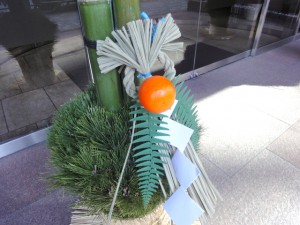
Houses have this kind of small “Kadomatsu” in front of their gates.
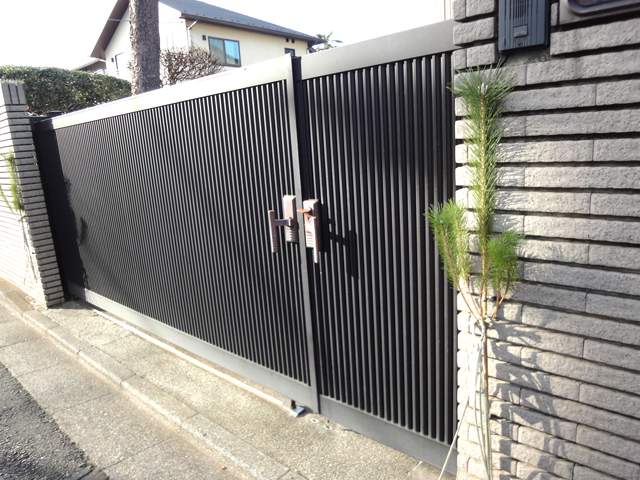
2. Shimenawa (しめなわ, 注連縄) / Shimekazari (しめかざり, 注連飾り)
Sacred straw ropes called “shimenawa” are used to protect sacred buildings or objects from evil spirits. You might see big “shimenawa” at Shrines/temples. “Shimakezari” is a special “Shimenawa” decoreted with various auspicious objects. We decorate the entrances of their homes with shimekazari during the New Year’s season to ward off evil spirits and it indicates the sacred areas where gods descend as well.
Shimenawa
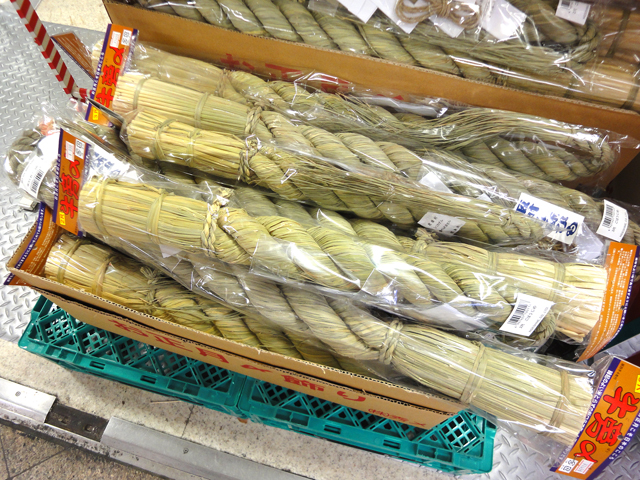
Shimekazari
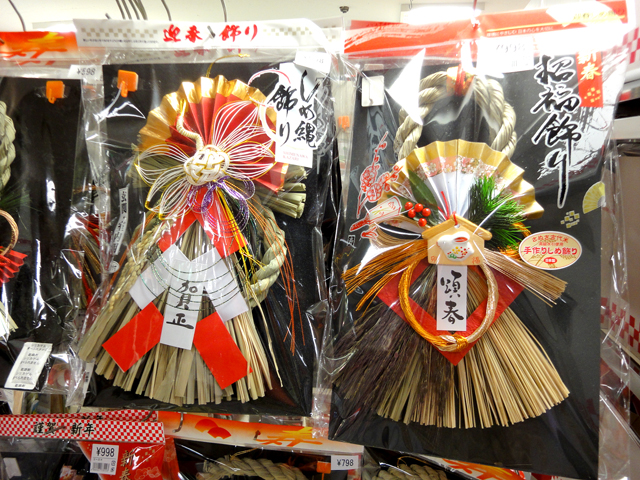
3. Kagami-mochi (かがみもち, 鏡餅)
“Kagamimochi” are sets of two round, flat rice cakes. A smaller one is placed on top of a larger one. “Mochi”, rice cake has been considered a sacred food since ancient times because rice cultivation has always been very important for Japanese people.
“Kagamimochi” are placed in the “tokonoma”, a sacred alcove and offered at a Shinto altar in houses.
“Kagamimochi” at a Shinto altar
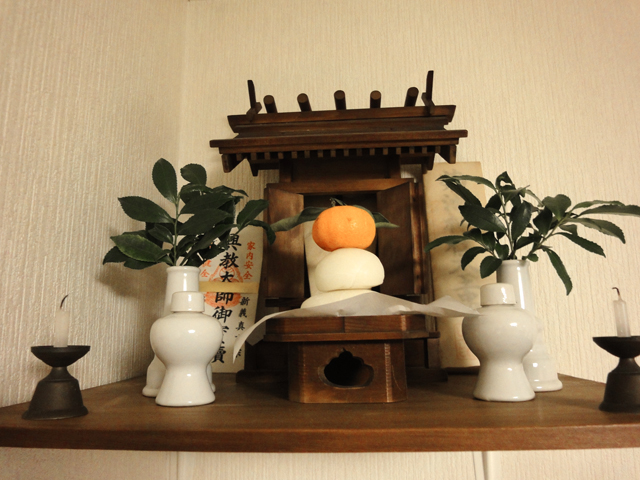
“Kagamimochi” in the “tokonoma”
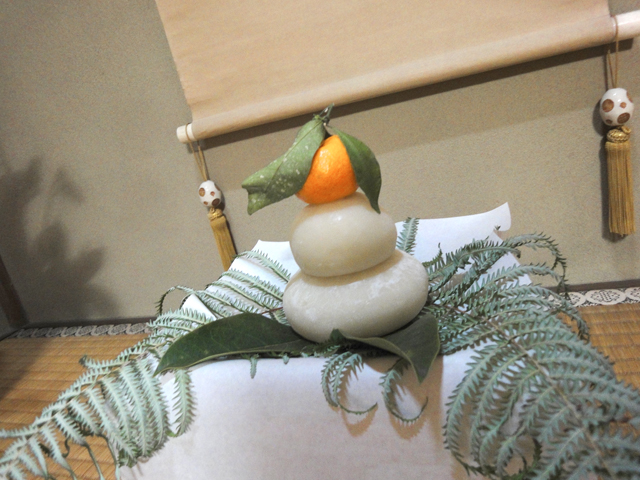
We can get small “Kagamimochi” at stores. cute, aren’t it?
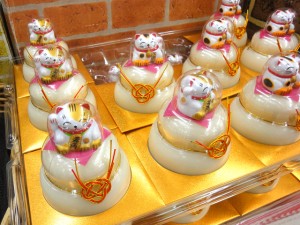
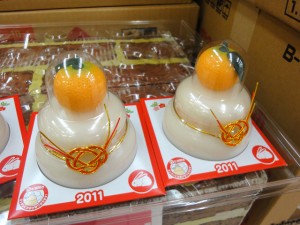
When the New Year’s period is over, New Year’s decorations are taken to shrines and burned. And on the 11th Jan., “Kagamimochi” are split by hand or hammer, cooked and served with stewed red beans and sugar. This event is called kagamibiraki :)